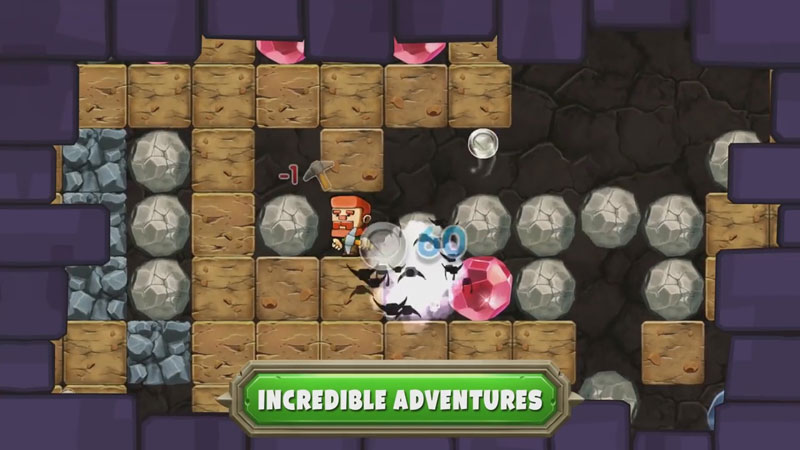

Thanks to the permanent installation paths, pinned Start Menu items on Windows or docked apps on macOS are no longer invalidated after an update.įor IntelliJ-based tools, the default plugin directories are now used, which eliminates certain issues that used to occur during downgrading. This improves the compatibility of your installed tools with a number of OS and third-party applications, and has allowed us to eliminate different workarounds both in the Toolbox App and around it. As soon as you close the tool, its files will be replaced with their new versions, and then you can continue working. After that, it enters the “Update Pending” state, which means that the only thing left is to wait until the tool stops running. The only change is that, when you try to update a running tool, the Toolbox App performs all the necessary actions (downloading, unpacking, etc.) in the background, except for actually copying new files to the tool installation directory. The process of updating your tools is as easy as before. The Toolbox App will disambiguate them automatically, and you can set custom names in the tool’s settings if you wish. Installing multiple versions of the same tool side by side is still possible.

Now it puts the new version into exactly the same directory, ensuring a permanent path for each tool. In previous versions, the Toolbox App installed updates in the directory with a version number as its name, so each new version had a new path on the filesystem. In a future release, we’re planning to implement the ability to elevate permissions, which would allow installation to system-wide directories. Please note that the Toolbox App can only install applications to user-writable directories (for example, the user’s home directory).


 0 kommentar(er)
0 kommentar(er)
